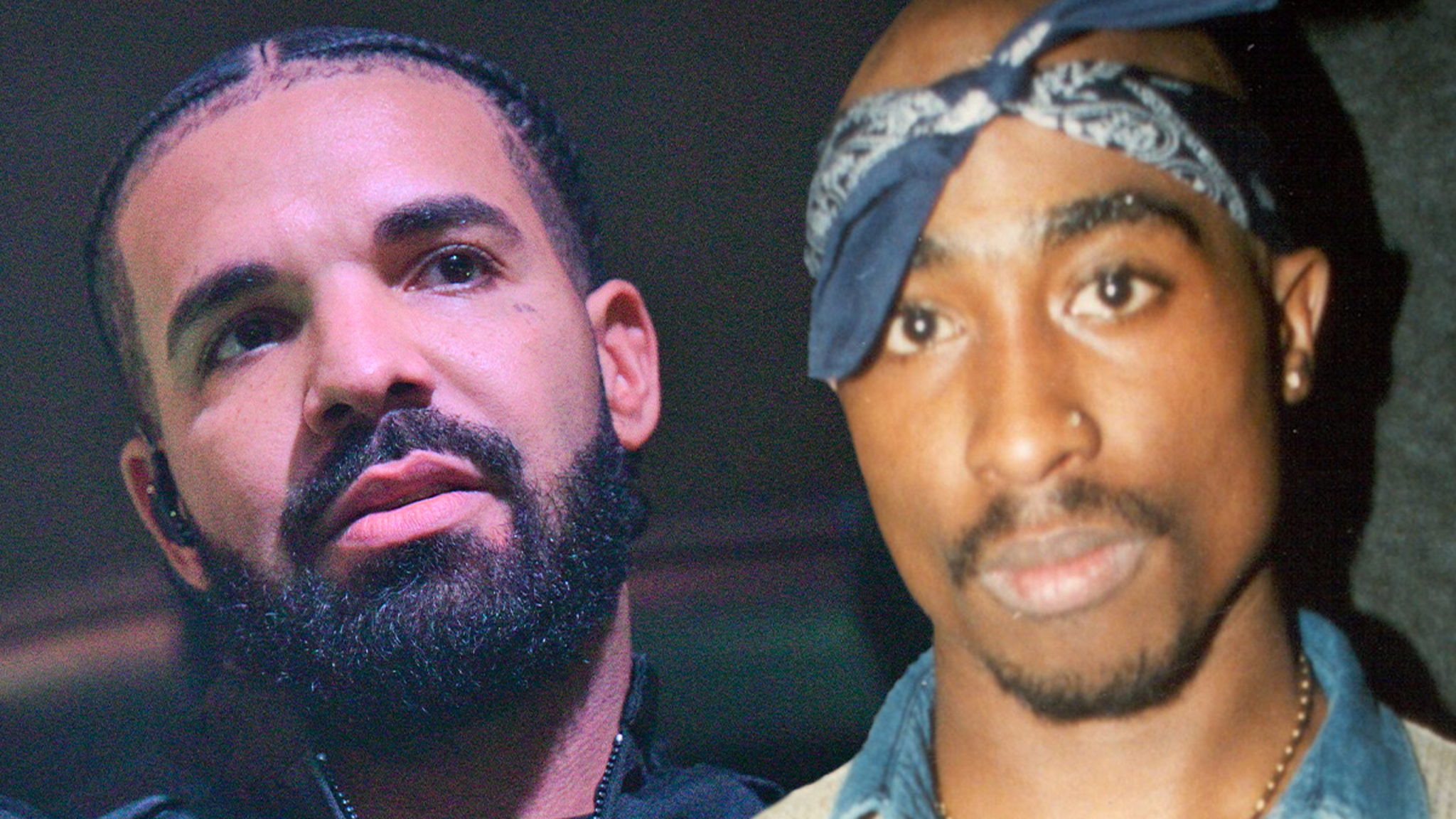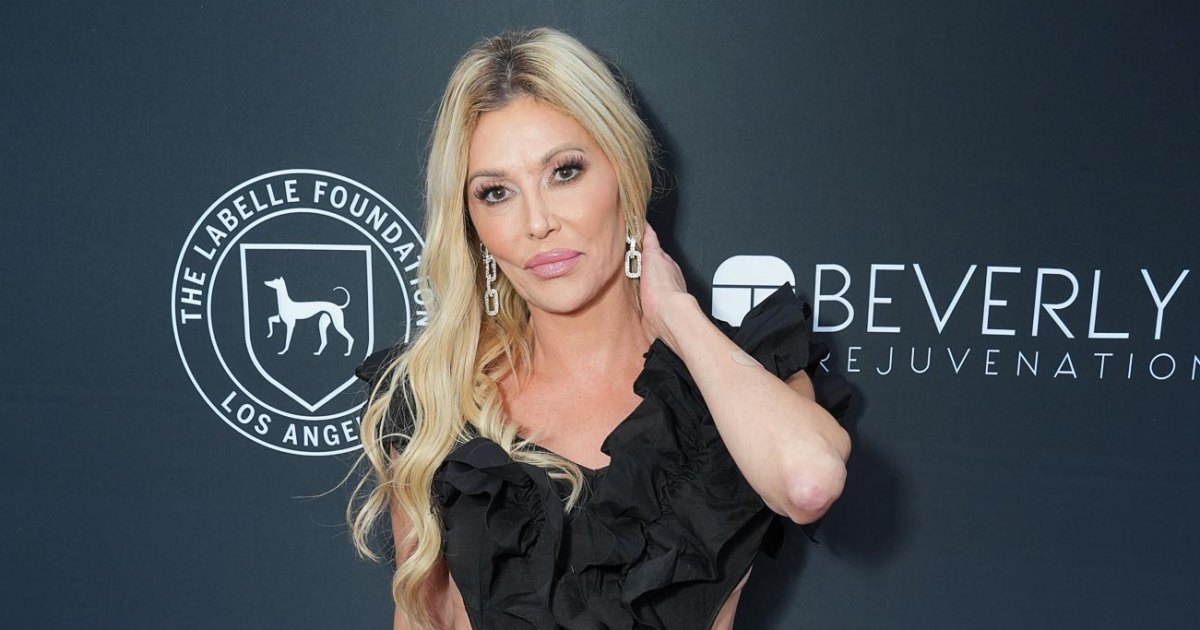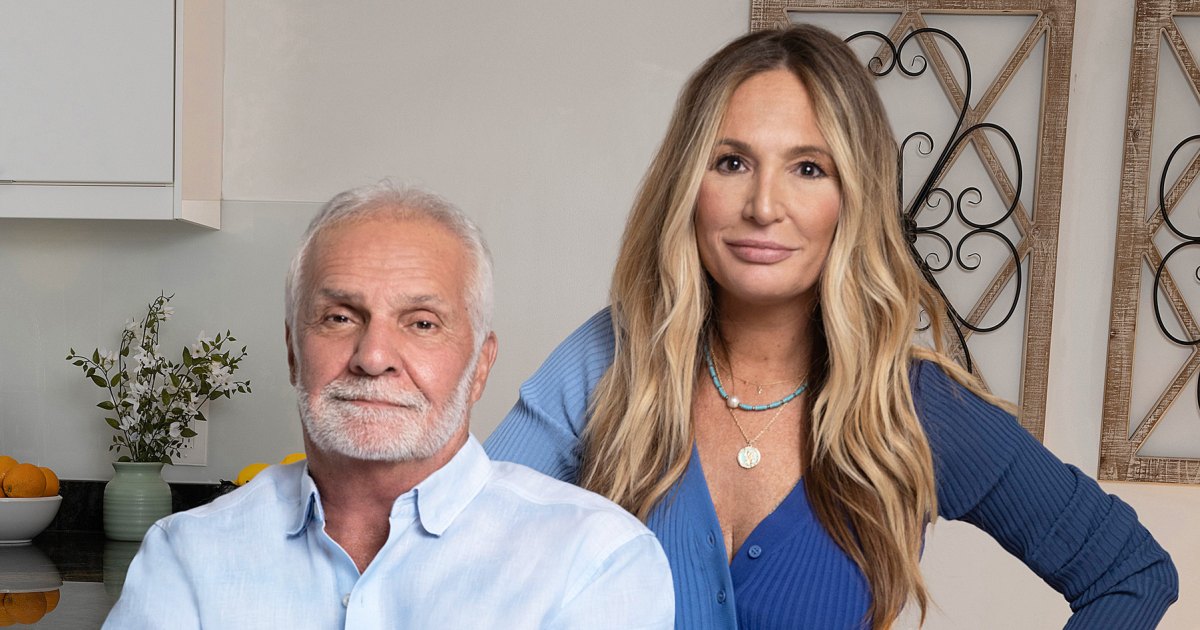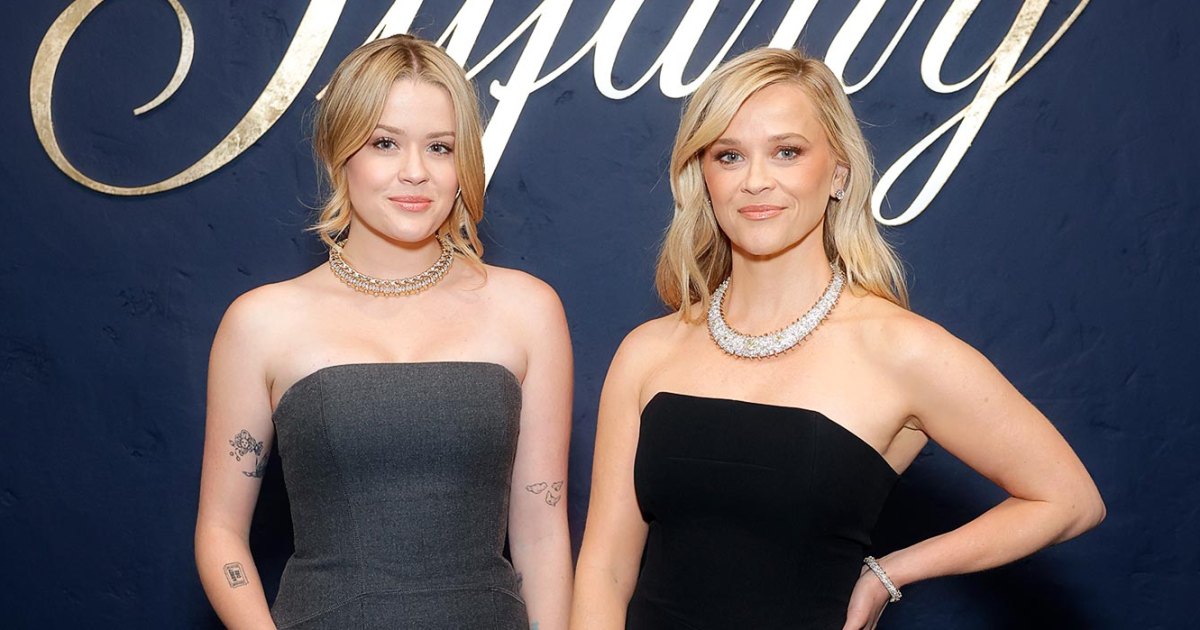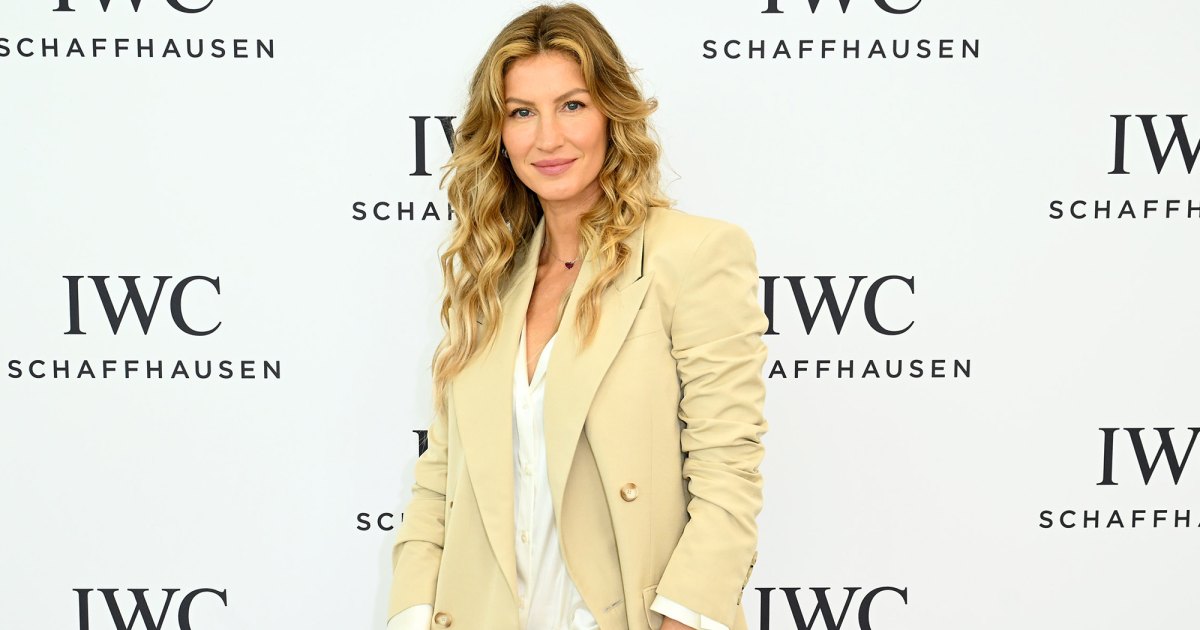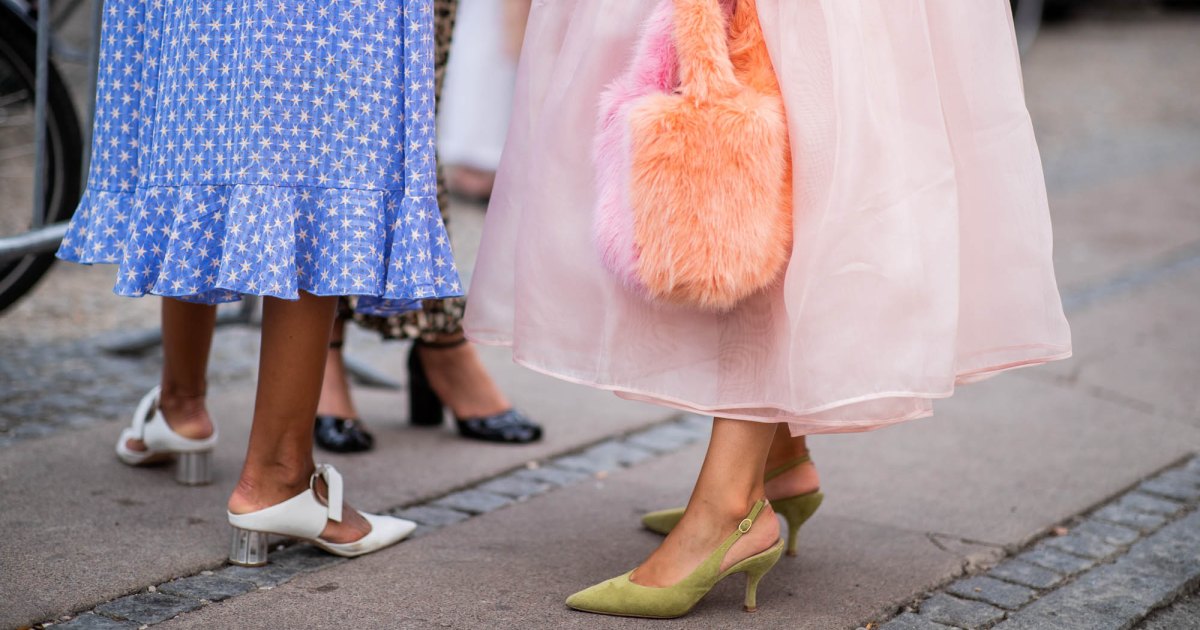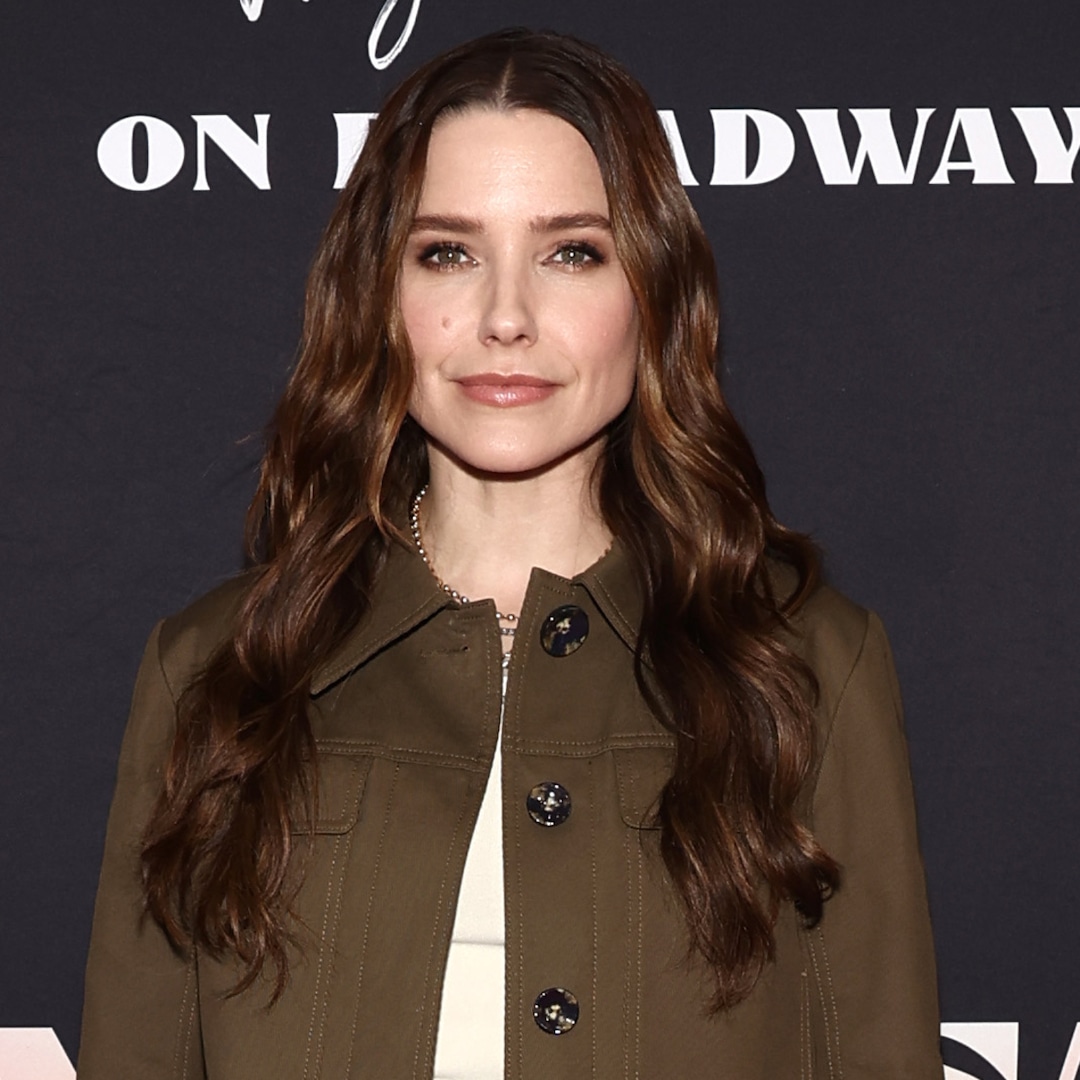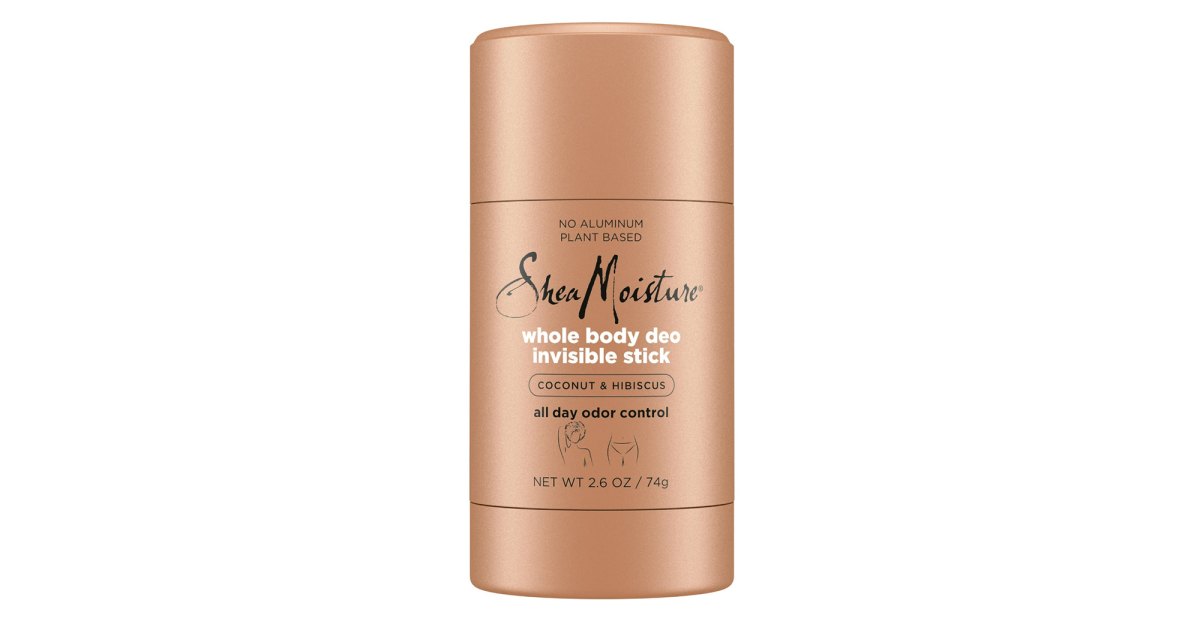Travel
36 Hours in Cape Town, South Africa: Things to Do and See

9 a.m. Learn about South Africa’s history
The Castle of Good Hope was built as a fort starting in 1666 by the colonists of the Dutch East India Company. It now stands as the oldest colonial building in South Africa. It served many purposes over the years, including a military base, a slave port and a government headquarters. Today, the castle houses nine mini-museums that tell the story of the diverse people who shaped the Cape and the nation. The Cape Heritage Museum was created by Igshaan Higgins, a human rights lawyer, during the pandemic. With artifacts that Mr. Higgins assembled over 25 years, the museum tells the stories of settler colonialism and the various groups who struggled through that oppression, including the Indigenous Khoi and San people, the Cape Muslims and the Xhosas. The castle also houses the William Fehr Collection, an assemblage of oil paintings and decorative art created by settlers that reflects on themes including slavery and the wars of dispossession.
10:30 a.m. Travel beneath the surface
Tune out the noise with a subterranean journey. At Earthbox, which opened last year as an immersive art exhibit on the Lourensford Wine Estate in the suburb of Somerset West, visitors walk into a bunker of sorts carved into the ground. The high walls of dirt, changing mood lighting and lulling soundtrack provide a perfect opportunity to relax, meditate or just let your mind go. Tickets range from 170 rand to 250 rand. For an additional 50 rand, you can purchase an audio guide — there’s one for meditation, and another that teaches about the ancient rocks and sediment surrounding you. Earthbox hosts regular music concerts and private dinners with local high-end chefs. After your visit, you can roam the wine estate, which includes restaurants, a wine tasting room and a market with live music, food stalls, and arts and crafts vendors.
12 p.m. Lunch in wine country
Lose yourself in the serenity of wine country at Hari Kitchen, on the Topiary Wine Estate, with one of the best meals in the Franschhoek Valley. The chef and owner Munashe Kwaramba did not attend culinary school, but learned his style of Afro-fusion cooking by observing high-end chefs and by cooking with his grandmother in Zimbabwe. Another option just down the road is Klein Goederust, the first fully Black-owned winery in Franschhoek. On weekends, you can pair a wine tasting with a Cape Malay buffet (495 rand per person) where spit-roasted lamb is a highlight. Or on Franschhoek’s quaint main street, pop into Reuben’s Restaurant and Bar, where the chef and owner Reuben Riffel serves refined dishes like dukkah-spiced lamb and pickled fish inspired by the culinary traditions of colored families like his own.








